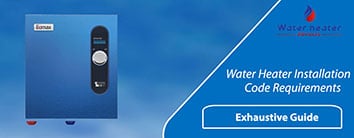Water Heater Leaking From The Bottom? Here’s How To Troubleshoot It 2022
One of the most annoying things that can happen to you is discovering a puddle of water underneath water heater.
It will not only impact your warm water usage, but it can also impair your lower walls and floors by soaking in and causing mold to develop.
When you primarily witness your water heater leaking from the bottom, you should repair it immediately.
Whether you have an electric, propane, or gas unit leaking from the bottom, you can rely on this guide to resolve this problem.
In this article, we’ll tell you about what is causing the leak, how to troubleshoot each issue, and recommend when to get in touch with an expert plumber. So, let’s get started.
Also Read: Water Heater Leaking From The Top
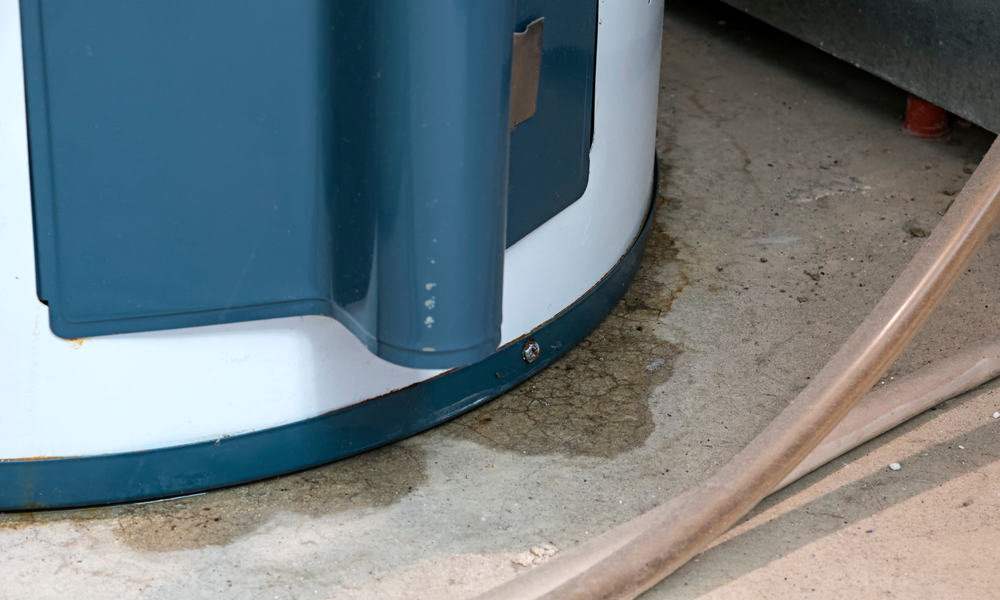
5 Reasons Why Rheem Water Heater Leaking From Bottom
These are the common causes why your new water heater leaking from bottom.
1. The Overflow Pipe
If your tankless water heater leaking from the bottom, the overflow pipe can be the culprit.
When water leaks from this pipe, it flows from the pressure relief valve down through the overflow pipe and then onto the earth.
The reason behind it is that there is extreme pressure in the boiler.
If the pressure does not get released, your container could explode, which is a major threat to your property.
2. An Issue Inside The Container
Another cause of why your gas water heater leaking from the bottom is an issue inside the water boiler.
If you have not flushed your machine for many years, mineral sediment can build-up to the point where the tank’s metal commences to corrode.
The primary symptom is pinpointing your water becoming enormously warm. Ultimately, this causes the tank to leak from the bottom.
This sort of leakage is a serious problem that cannot be repaired. You will have to install a new device.
3. Inlet And Outlet Connections
There are two water supply lines: inlet and outlet. The inlet allows cold water into the container. However, the outlet lets warm water out to flow through the plumbing pipes.
These supply lines can often loosen, causing the water heater leaking from the bottom.
Tightening the connection is the best solution to this issue.
If tightening the connection does not resolve the problem, you might have to replace the water lines.
4. Drain Valve
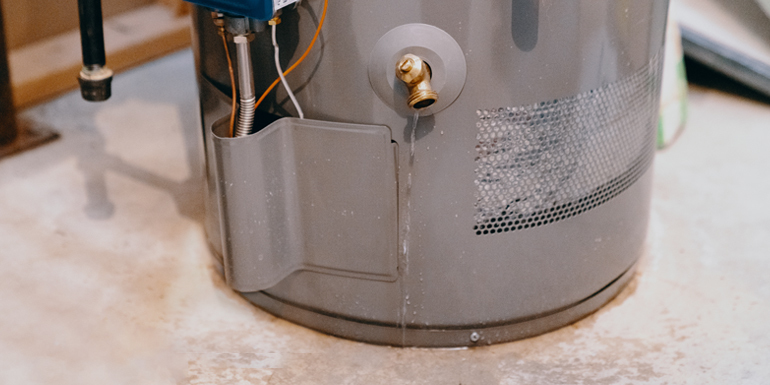
The next cause of water underneath water heater is a worn-out or faulty drain valve.
It does not let out a water stream but will facilitate dribbling. It will slowly become a serious problem.
When it gets loosened with time, it will facilitate a leak. The odds are that the drain valve has been impaired and cannot do its job.
You can fix this problem by tightening the drain valve. However, if it does not troubleshoot the problem, you will need to replace it.
It does not cost much, and swapping it is also super simple. If you feel you cannot replace it yourself, hire a plumber.
5. Condensation
Some units may experience condensation on the water container.
It is prevalent on older devices, but it can occur in the latest boilers if the thermostat setting is set very high or the insulation has been damaged.
Turn off the power and let the boiler sit idle for a few hours. If the leak stops, it is obvious that your heater is experiencing condensation.
Turn down the thermostat and switch on the power to your heater. If the issue persists, replace the container.
2 Vital Things To Check If Hot Water Tank Leaking From The Bottom
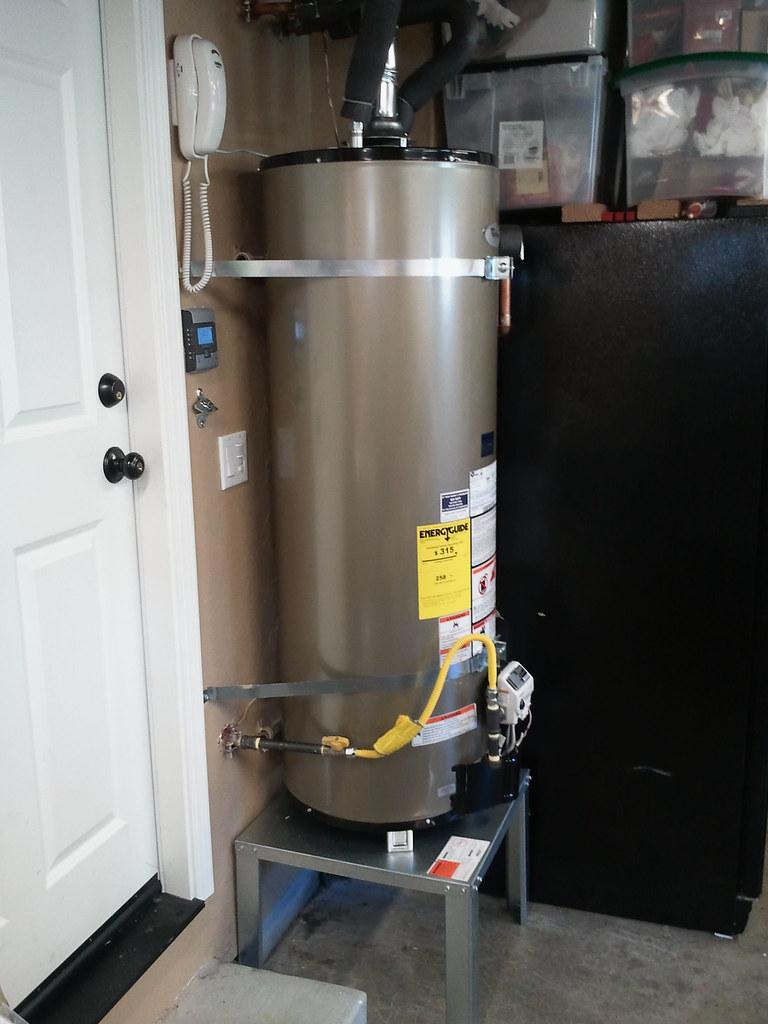
If your device is leaking from the bottom, you must check the pressure relief valve and thermostat temperature setting.
Pressure Relief Valve
The pressure and temperature relief discharge pipe runs down the unit and stops 6 inches above the ground.
The pressure relief valve at your device opens because it aids in discharging the water into this discharge pipe when the pressure levels inside the machine increase to hazardous levels.
It gets extremely hot inside your appliance, and water expands when heated.
Warm Water Expands
This is typically when the pressure inside your appliance builds to above 150 psi or when the water inside the device reaches above 210 degrees Fahrenheit.
The valve opens to permit water out of the discharge pipe to decrease the pressure amount swiftly.
Surplus pressure is discharged using this system, which evades tank damage or an explosion.
When this occurs, you might hear a hissing noise as the pressure relief valve opens and discharges water into the pipe.
If the discharge pipe is causing the water heating system to leak from the bottom, you will see water dripping from this pipe.
It designates that the pressure inside the unit is extremely high and causes the temperature and pressure relief valve to open.
Thermostat Temperature Setting
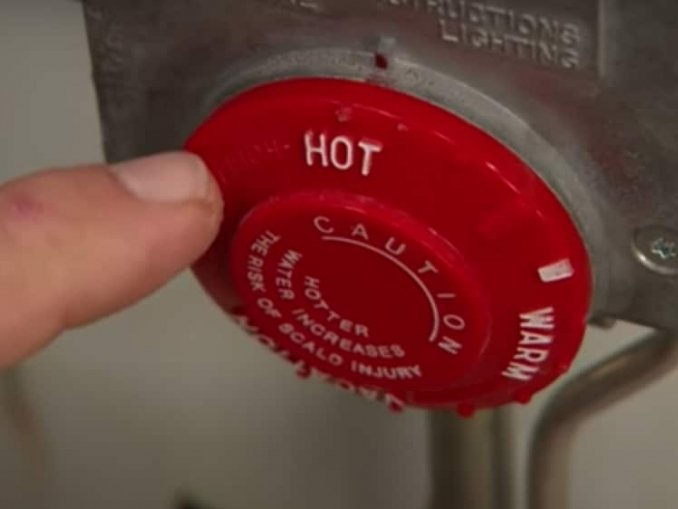
After checking the pressure relief valve, you should examine the thermostat temperature setting.
If it is very high, it could be why the relief valve automatically opens and releases water, manifesting in the leak you witness.
Many units don’t have a temperature meter that permits you to read the temperature setting directly.
So, you will have to perform a little test to figure out which temperature is set.
Take a cooking thermometer and a heat-safe cup. Avoid utilizing your device for 60 minutes, then activate the fixture sited nearer to your appliance.
Permit it to run for 60 seconds to let it reach its maximum temperature and fill the heat-safe cup.
Now, put the thermometer into the water to read the temperature.
According to OSHA, the ideal temperature is 140 degrees Fahrenheit. However, the consumer product safety commission suggests setting your thermoset to 120 degrees Fahrenheit to lower power consumption.
However, you may need a booster heater to let the water get warm enough to sanitize washing machines and dishwashers.
We recommend you set the thermostat to 130 degrees Fahrenheit.
If you adjust the setting to decrease the temperature and still notice a leak, it is the right time to contact a plumber.
How To Fix A Water Heater Leaking From The Bottom?
Adhere to these steps to diagnose the problem and stop the water boiler leaking from bottom.
Switch Off The Heater
First, turn off the water heater. If you have an electric heater, find its dedicated breaker on the electrical panel and shut it off.
Nonetheless, if you have a gas device, locate the on/off knob or switch on the appliance and switch it off. You can also disconnect the gas on the gas unit.
Look for a smaller lever towards the device’s bottom. The level may be yellow, red, or blue. Turn it off.
Discontinue The Water Supply
Pinpoint the valve or lever adjacent to the heater’s top.
Turn it to the right to close the valve and discontinue the water supply.
Find The Source Of The Leak
Temperature And Pressure Relief Valve
Inspect the discharge tube from your temperature and pressure relief valve.
If it is wet, it is probably the water source. Contact a plumber to examine your heater.
They can change the defective temperature and pressure relief valve or find out what is causing your heater to build up excessive pressure.
This issue is linked to your safety, so address it immediately.
Drain Valve
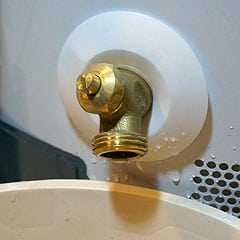
Find it and examine it to see if the water is coming out of it. If yes, tightly close it.
If water continues leaking, the valve may be damaged or defective.
You may have to replace it. Call a licensed plumber for its replacement.
Tank
If you find out that the temperature and pressure relief valve and drain valve are not the cause of the water heater dripping from bottom, the container may be the perpetrator.
Leaks can commence as pinholes, so it will be challenging to discover the source.
Get in touch with a dependable plumber instantly to check your device.
They will confirm that your boiler is leaking and tell you about your options for replacement.
Conclusion
The scene of water at the bottom of water heater is always unpleasant.
If your electric water heater leaking from the bottom, it can cause damage to your floors and walls.
Sometimes, it can also cause damage to other appliances near it.
Fortunately, you can find out the root cause and fix the leaks by following this guide.


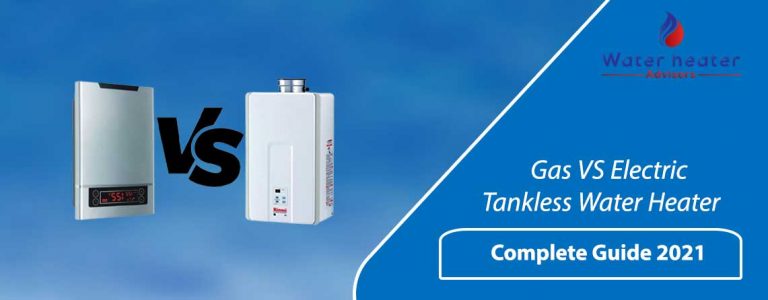
![How To Clean Sediment From Water Lines? [6 Productive Ways]](https://waterheateradvisors.com/wp-content/uploads/2021/10/How-To-Clean-Sediment-From-Water-Lines-768x300.jpg)
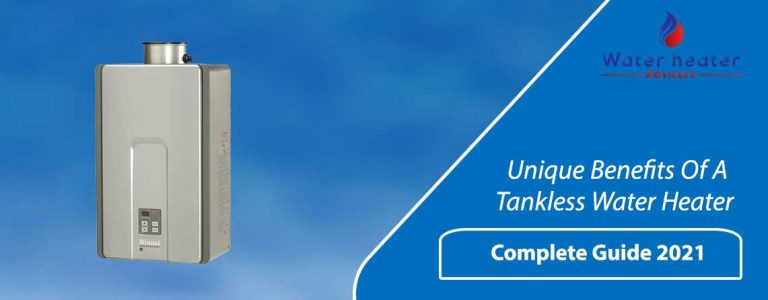
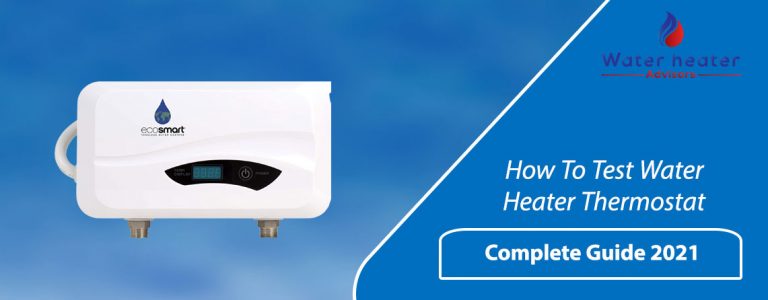
![How To Turn On Water Heater? [Gas, Electric, Tankless Water Heaters – Complete Guide 2021]](https://waterheateradvisors.com/wp-content/uploads/2021/06/How-To-Turn-On-Water-Heater-768x300.jpg)
